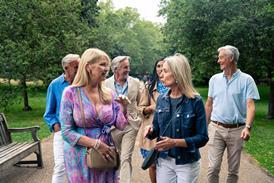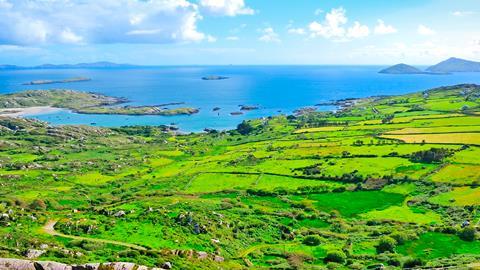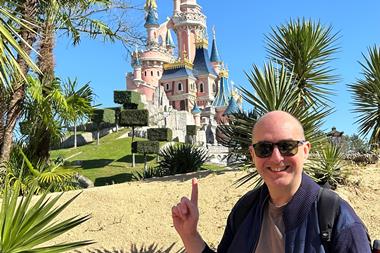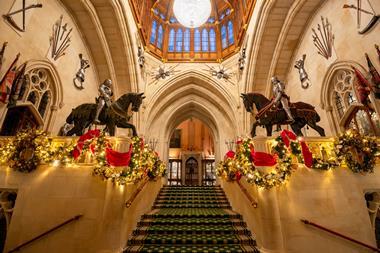We round up ten great historical attractions and locations that your group should consider when visiting Ireland’s ancient east.
1. Bru na Boinne, County Meath
Older than Stonehenge and the pyramids, this UNESCO World Heritage Site centres around Newgrange, a 5,000-year-old tomb. Translating into ‘palace’ or ‘mansion’ of the Boyne, the area within the River Boyne is dominated by three passage tombs, Knowth, Newgrange and Dowth. An exhibition centre is housed there and when visiting you can learn about the Neolithic tombs and the society who would have created them.
2. Hill of Uisneach, County Westmeath
This mysterious hill has been a seat of kings and a sacred site of worship since ancient times. Guided tours of this area are available between April and October where you’ll learn all about the stories and myths that surround the historic place.
3. Clonmacnoise, County Offaly
Once a great centre of monastic learning, Clonmacnoise boasts the largest collection of early Christian grave stones in Western Europe. The recommended way to see the attraction is by boat, sailing along the River Shannon from Athlone. Along the way you’ll see modern Ireland suddenly turn into the 6th century as Clonmacnoise comes into view.

4. Castletown House, County Kildare
Ireland’s largest and grandest Palladian style house tells tales of lords, rebels and rock stars. Tours of the house are available, and groups of more than eight people are welcome to book. This 1720s building holds cultural heritance and was Ireland’s first Palladian style house.
5. Wicklow Gaol, Wicklow
For 200 years this prison held the poor and desperate alongside rogues and rebels. An interactive tour led by costumed actors tells the story of its prisoners. Events are held throughout the year, and you can also arrange dining options in the restaurant. Plus, if you’re feeling brave, why not book you group onto a night tour?
6. Rock of Cashel, County Tipperary
This impressive Medieval, walled stronghold containing a castle, a cathedral and a round tower was the ancient seat of royal and religious power. The site links back to the Norman Invasion however many of the buildings date back to the 12th and 13th centuries. Group rates are available for visiting and coach park in available close to the site.

7. Kilkenny Castle, Kilkenny
The Norman bastion with majestic halls, extensive parklands and an art gallery overlooks the River Nore and marks the beginning of Kilkenny’s famous Medieval mile. Enjoy a tour of the castle taking in the different rooms and learning about the people who built the castle and those who lived there.
8. Dunbrody Famine Ship, County Wexford
A replica of the ‘coffin ships’ that ferried emigrants across the Atlantic, exhibitions and costumed performers provide a unique insight into the plight of those fleeing the famine. When there, visit the Irish Emigrant Experience, The Irish America Hall of Fame, the History of Dunbrody experience, and the Captains Table Restaurant.
9. The Viking Triangle, Waterford
Ireland’s oldest city is famous for Viking connections and at its heart is the triangle where the Waterford Museum of Treasures displays artefacts from over 1,000 years of history. Galleries include Soma Contemporary, Greyfriars Municipal Art Gallery, Garter Lane Arts Centre and the Index Gallery.
10. Cobh, County Cork
This charming seaside town was the Titanic’s last stop before her maiden voyage. The liner’s tragic tale is told in the poignant Titanic Experience Cobh. Other things to do when visiting include boat rides, Escape Cobh (an escape room experience) the Cobh Heritage Centre - The Queenstown Story and the Cobh Museum.













